Getting straight to the core to try to explain it simply, the anwaar amulet is a 2 piece design.
The bottom board (I refer to them as the base board) can be thought of as a hyper specific development board. In this case I ended up using an attiny 1616. On top of that it also includes an energy source (15F Hybrid Capacitor) as well as all the power management for charging and providing a stable VDD rail.
The top board (which i refer to as the face plate) connects to the base board using a 10 pin header/socket and secures with five m.2 screws/standoffs. The face plate is intended to carry artistic designs and circuits, the obvious use being a fun blinkies. Taking it a step further I like to find ways I can integrate the copper of the circuit into the artistic design itself!
 Bulbul
Bulbul



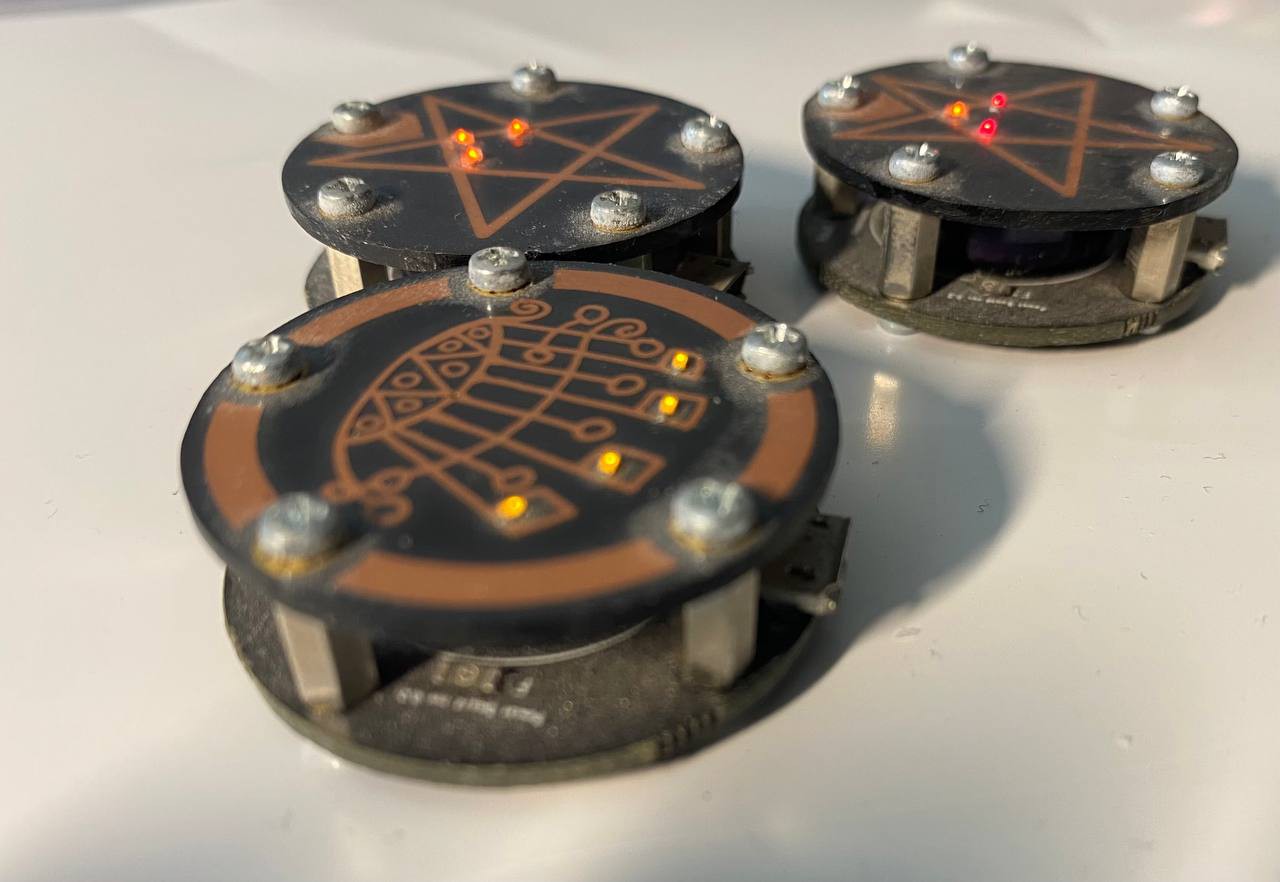
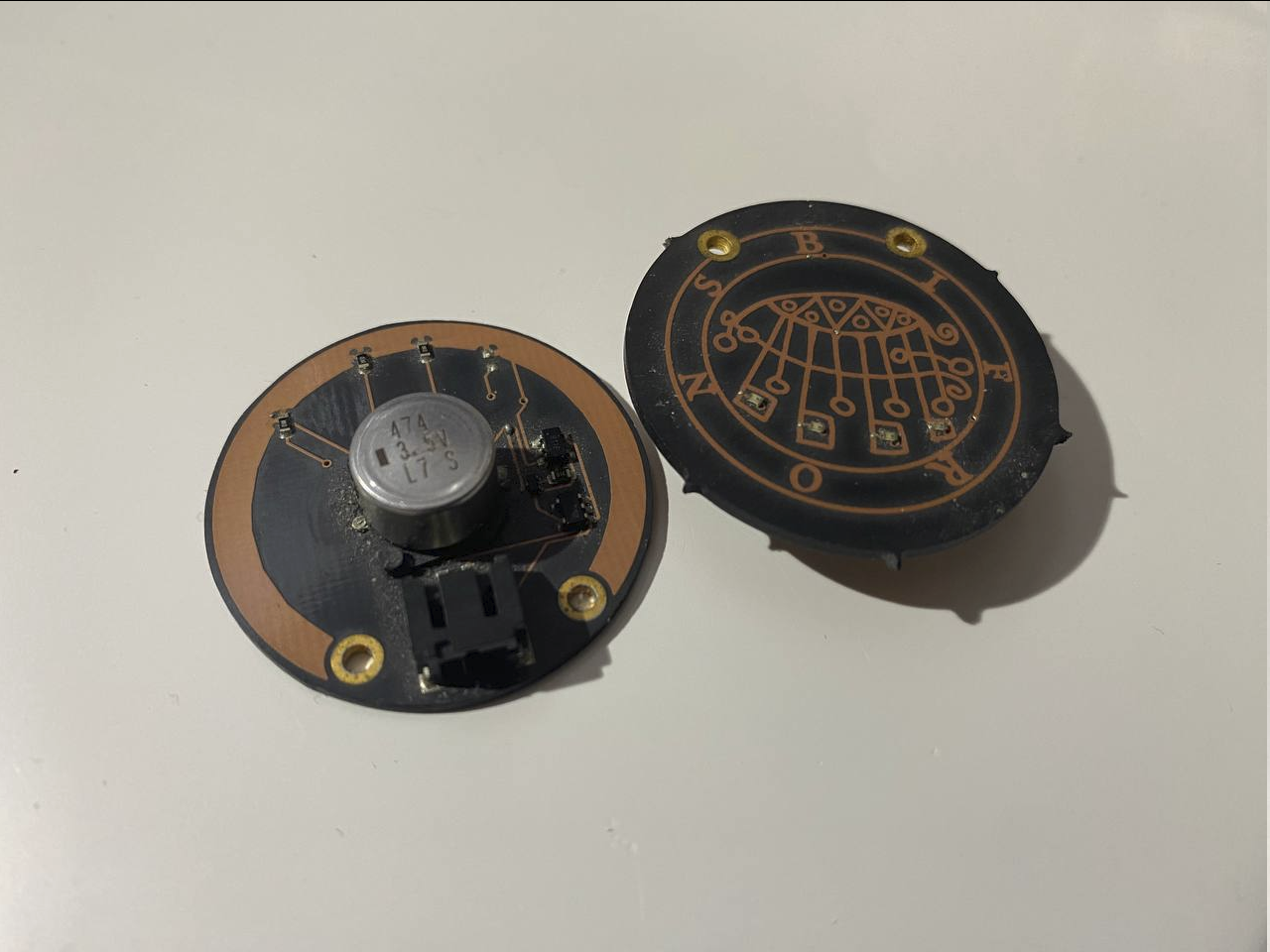 The first amulet!
The first amulet!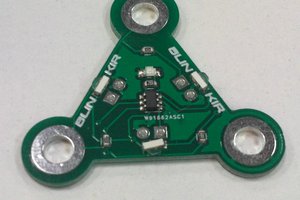
 Gee Bartlett
Gee Bartlett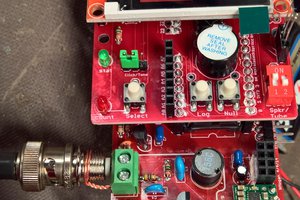
 Jon Kunkee
Jon Kunkee
 greg
greg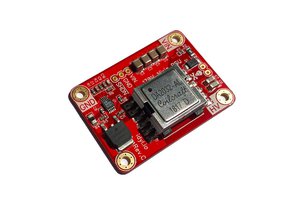
 Tony
Tony